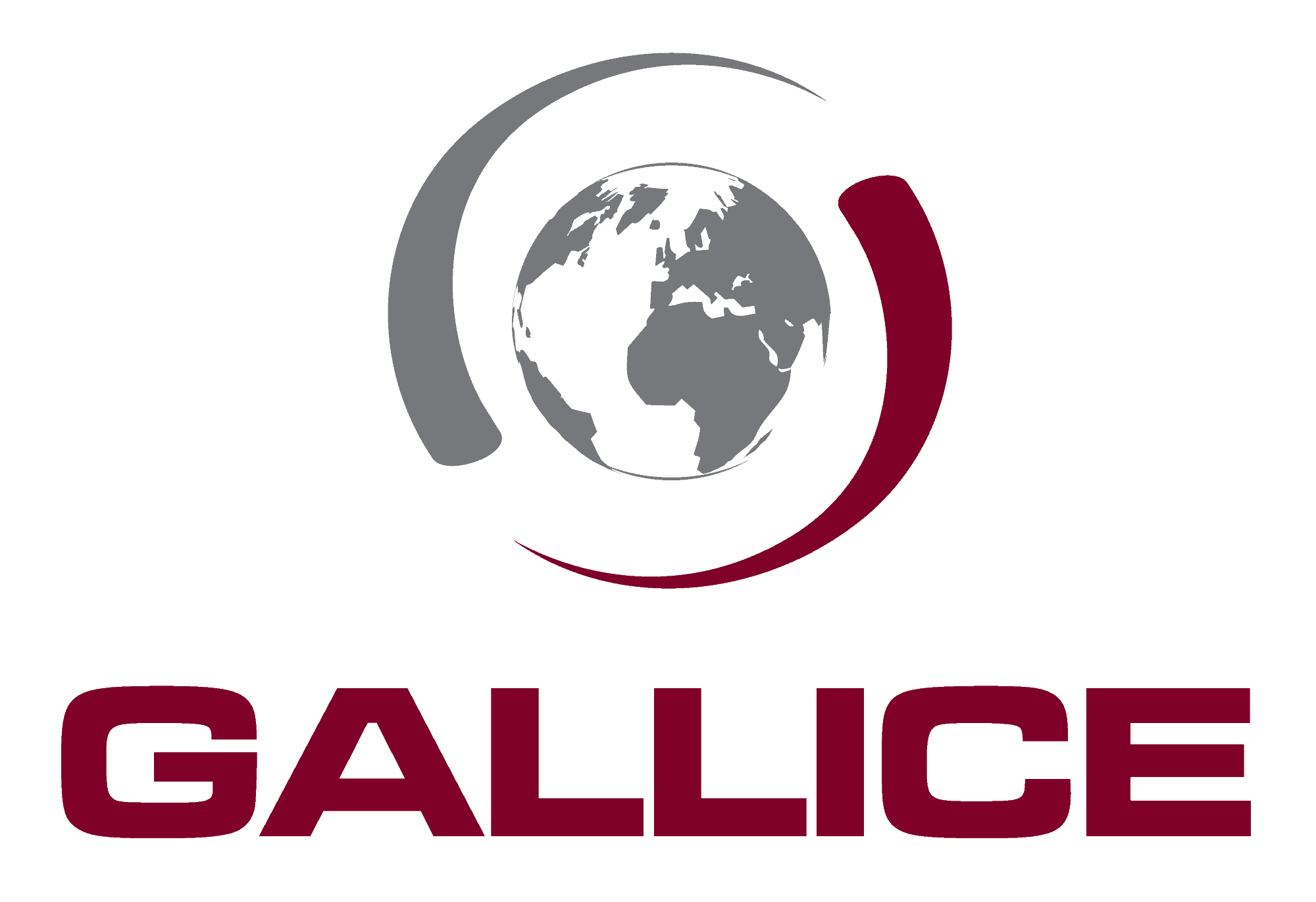ARMENIA
In 2025, Armenia continues its strategic reorientation towards the West following the loss of Nagorno-Karabakh in 2023, now entirely under Azerbaijani control. This military defeat, experienced as a national trauma, has severely weakened the government of Nikol Pashinyan, who remains in office but is increasingly challenged by segments of the population for his perceived inaction during the Azerbaijani offensive, and for political decisions seen as erratic and risky.
Faced with Russia’s neutrality during the Karabakh war — despite being historically regarded as Armenia’s security guarantor — Yerevan has intensified its cooperation with the European Union, France, and the United States. In 2024, Armenia’s official accession to the International Criminal Court — which has issued a warrant against Vladimir Putin — marked a decisive break with Moscow. In response, Russia significantly scaled down its military and diplomatic cooperation with Armenia, increasing the country’s isolation in a region dominated by hostile powers. France has delivered defence equipment to Armenia (notably for air defence), but this support remains insufficient when compared to Azerbaijan’s military superiority, strongly backed by Turkey.
On the ground, despite the absence of full-scale war, tensions remain very high along the Armenian-Azerbaijani border. Frequent skirmishes occurred throughout 2024 and into early 2025, particularly in the Syunik and Tavush regions. Azerbaijan continues to demand the establishment of a land corridor to Nakhchivan, directly threatening Armenian sovereignty over its southern territory.
Domestically, the political situation remains volatile. Opposition protests continue in Yerevan and are sometimes met with violent repression. Criticism is focused on the government’s handling of national security, as well as growing economic difficulties: inflation, unemployment, and capital flight are fuelling concern among an already traumatised population.
The war also triggered large-scale population displacement, with 100,000 refugees from Nagorno-Karabakh fleeing to other parts of the country. This influx has placed additional pressure on social resources and pushed many of the displaced into poverty. Having lost everything, they rely on humanitarian assistance and are in a highly vulnerable position, especially as Armenian government subsidies have been drastically cut. Armenia remains a largely agricultural country (with 65% of rural employment and agriculture accounting for 15% of GDP in 2017), but it is ill-equipped to absorb such a high volume of refugees. Inequalities in wealth and the precarious conditions facing these individuals are likely to worsen, potentially triggering social unrest.
Nevertheless, Armenia remains generally safe for foreigners, including in the capital. However, travel to areas bordering Azerbaijan is strongly discouraged due to the real risk of gunfire or abduction. The region’s tense climate and lack of external security guarantees require close monitoring and heightened precaution for any stay in the country.
